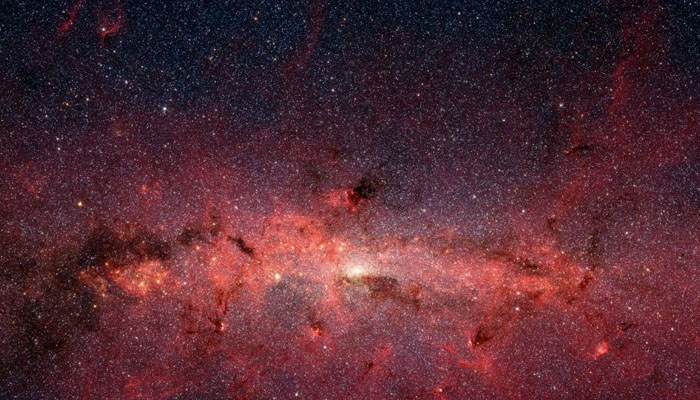'Barbenheimer Star': After blowing up 13b years ago this celestial spectre is haunting astronomers
'Barbenheimer Star' end up being supernova explosion, as per scientists
January 20, 2024

The ancient star, known to scientists as the "Barbenheimer Star," most likely containing a unique combination of components in its core have been discovered recently.
A current analysis reveals that the star perished in an almost unimaginable way while giving birth to an equally mysterious star in its stead, according to Live Science.
After closely examining the far-off red giant star J0931+0038, scientists discovered signs of the Barbenheimer Star.
The Sloan Digital Sky Survey (SDSS), one of the biggest and most comprehensive astronomical datasets of the night sky, made the first discovery of J0931 in 1999, but it wasn't until recently that it was thoroughly examined.
In a recent study, which was posted on the public service arXiv on January 4, scientists redirected the New Mexico-based SDSS telescopes towards J0931 in order to obtain a comprehensive spectrum of the star's light.
This spectrum was then confirmed by additional observations made using the Giant Magellan Telescope in Chile. J0931 appeared to have an exceptionally peculiar metallicity, or chemical makeup, with an exceptionally high concentration of heavy metals, based on these spectra.
Through a procedure called stellar archaeology, the study team pieced together how J0931 evolved using the recently collected data.
This demonstrated that the star originated from the supernova remnant of a much massive star that dated back as far as 13 billion years ago, or just 700 million years after the Big Bang.
This star was estimated to be between 50 and 80 times more massive than the sun.
Before it exploded, the metallicity of the parent star (Barbenheimer) was probably just as bizarre as that of J0931, which would have made it entirely distinct from other stars that are known to exist in the early cosmos.
"We've never seen anything like this," study lead author Alex Ji, an astrophysicist at the University of Chicago, said in a statement. "Whatever happened back then, it must have been amazing."









